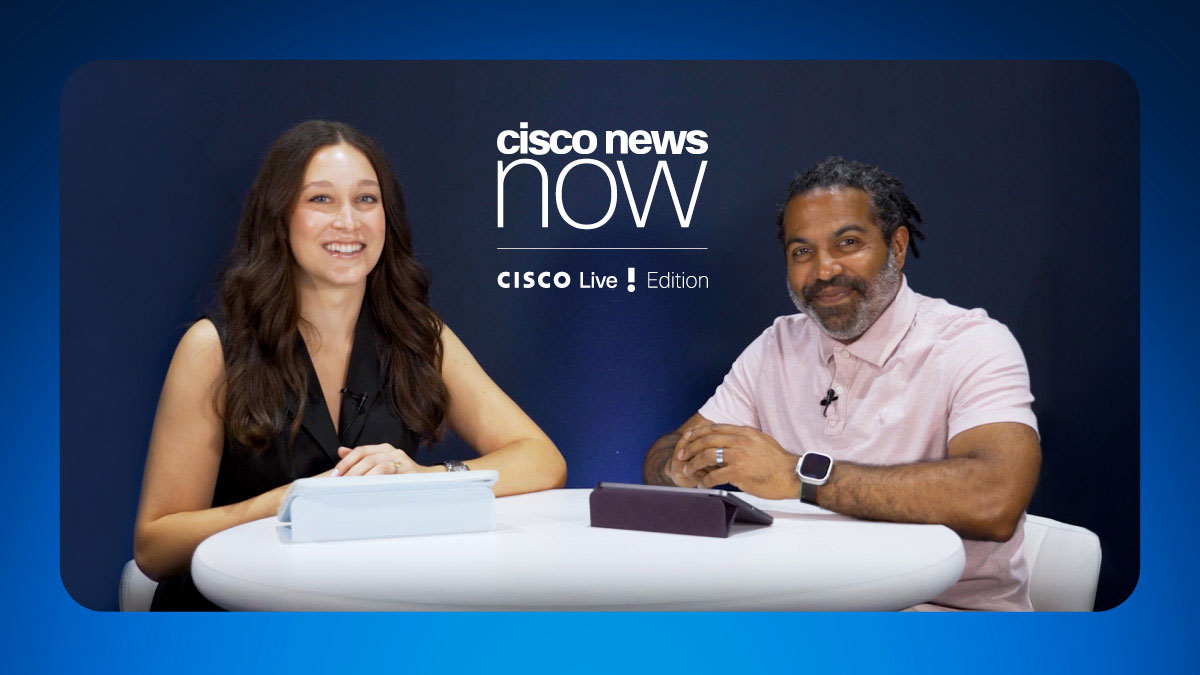SAN FRANCISCO, Oct. 28, 1992 -- Cisco Systems has unveiled athree-phase program to integrate Asynchronous Transfer Mode (ATM)technology into router internetworks. ATM defines a cell-switchingstandard designed to exchange information in a variety of formats,including data, voice, video and imaging.
The program, with deliverables scheduled for 1992, 1993 and 1994,"will allow users to move toward ATM cost-effectively, withoutsacrificing current investment," said Larry Lang, Cisco ATM productmanager. "Users will be able to include ATM in their internetworks ina way that offers the best solution for their particularenvironments."
Phase I -- SMDS via DSU
Under the already completed Phase I, Cisco and ADC/Kentroxjointly developed a router/DSU (data service unit) architecture thatsupports a connectionless interface to an SMDS (Switched Multi-MegabitData Service) wide-area network. The SMDS Interface Protocol (SIP) isbased on the IEEE 802.6 standard, a cell-based technology which is aprecursor to ATM.The Cisco/ADC Kentrox architecture involves partitioning the SMDSInterface Protocol (SIP) functionality. SIP frames are formed by therouter, while SIP cells are created by the SMDS DSU (SDSU). Therouter and DSU communicate via the SMDS Data Exchange Interface (DXI),specified by the SMDS Interest Group. Once the frames are segmentedinto cells, the data are sent into the SMDS network. Thisarchitecture was demonstrated at T1 speeds (1.544 megabits per second)in late 1990, and at DS3 speeds (45-Mbps) in early 1992; to date itremains the only full DS3-speed cell-based solution.
Phase II -- ATM via DSU
Phase II, to be completed in early 1993, will replace the SMDSDSU with a true ATM DSU, access to which will be provided over an HSSIinterface. The ATM DSU will segment frames into standard ATM cells,rather than the IEEE 802.6 cells used in Phase I.Phase II will deliver both connectionless and connection-orientedversions of ATM. The router and ATM DSU will exchange informationover the unified ATM DXI specified by the ATM Forum. This phase alsowill support the ATM Forum's Interim Local Management Interface(ILMI), which extends ATM to allow sophisticated managementcapabilities. The ATM DSU will perform segmentation and reassembly,as well as mapping the VPI/VCI addressing information used by ATM.
Cisco is taking its first step toward Phase II with partnerDigital Link, as part of the Department of Energy/NASA ATM network.
Phase III -- Direct ATM Interface Technology
In Phase III, to be delivered by early 1994, Cisco will introducedirect ATM interface technology, providing Cisco users with the firstATM local-area network support. This interface technology will movecell processing inside the router, which will segment packets into ATMcells and reassemble the cells into packets at speeds up to 155 Mbps.The ATM interface technology will be developed to supportdifferent physical layers. Cisco's physical layer support willinclude 4B/5B and 8B/10B multimode fiber, SDH/SONET on single-modefiber, and possibly twisted pair. By the completion of Phase III,Cisco expects to support all standard signaling methods, encapsulationtechniques, and adaptation layers.
"ATM will be treated by the Cisco router as one of many supportedmedia," Lang said. "Like FDDI, Token Ring, Ethernet, SMDS and FrameRelay, ATM will be part of general, large-scale internetworks. Thisapproach lets users adopt ATM where appropriate, while preservingtheir investment in current LAN and WAN technologies."
ATM Issues Yet to Be Resolved
Several issues must be resolved before ATM can realize its fullpotential, Lang said. Among the outstanding interoperability issuesare ATM addressing, adaptation layer algorithms, protocol multiplexingand signaling."Despite its immature status," Lang said, "ATM is a verypromising cell- transfer technology for multimedia applications. As atransport vehicle for moving data, voice, video, images and othersource material at high speeds and with low delay, ATM is a compellingsolution for both WANs and campus-wide backbone networks. Ultimately,the integration of ATM switching and routing will support large-scalemultimedia internetworks."
Cisco Systems, Inc., is the leading worldwide supplier ofhigh-performance, multimedia and multiprotocol internetworkingproducts, including routers, bridges, communication servers andnetwork management software. Cisco technology can be used to buildenterprise-wide networks linking an unlimited number of geographicallydispersed LANs, WANs, and IBM SNA internetworks. In the UnitedStates, Cisco is traded over-the-counter under the NASDAQ symbol CSCO.
Posted: Oct 30 15:29:51 1992



